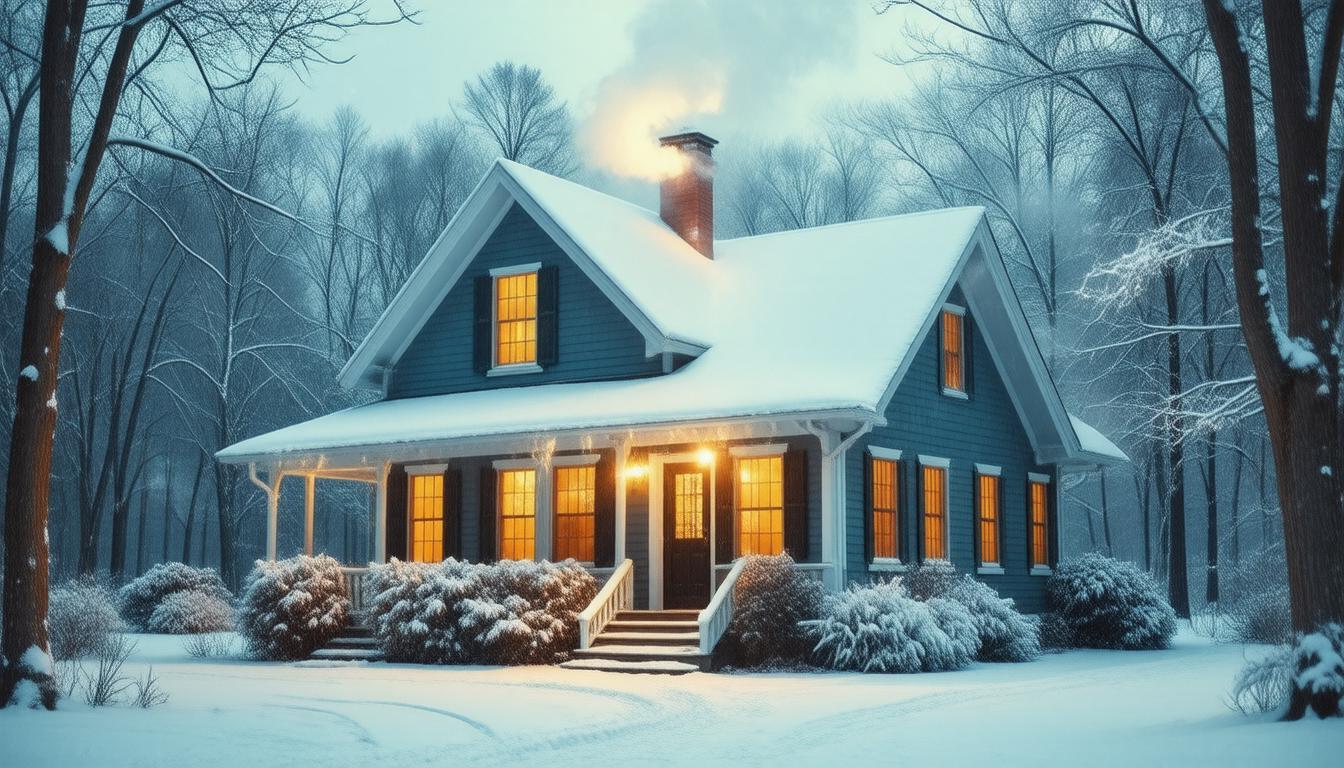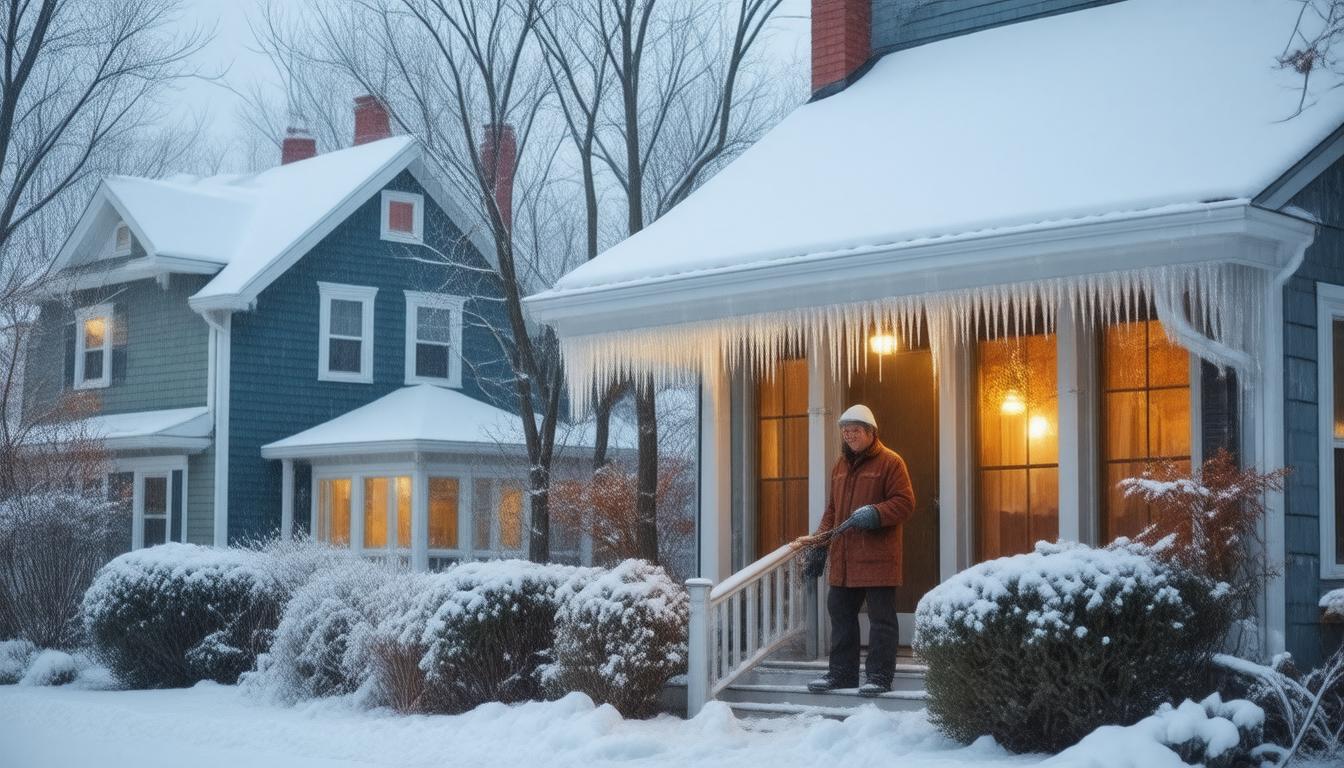
Understanding the distinctions between urban and rural property maintenance can help homeowners and property managers make more informed decisions regarding the care and upkeep of their investments. The environment, available services, and general lifestyle differences greatly impact how maintenance tasks are approached in these contrasting settings. In this article, we will explore some of the key differences and considerations between urban and rural property maintenance.
Population Density and Property Proximity Urban Property ProximityIn urban areas, the close proximity of properties often leads to stricter regulations regarding noise, waste disposal, and property modifications. High population density means that activities like construction or landscaping could potentially disrupt a large number of people. Therefore, urban property maintenance often requires careful timing and adherence to local ordinances.
Rural Property DistanceConversely, rural properties are generally more spread out, which provides owners with more freedom in terms of maintenance schedules and the types of changes they can make. However, the distance from urban centers might also mean fewer services are readily available, making it necessary for rural property owners to be more self-sufficient or to plan maintenance activities well in advance.
Access to Maintenance Services Urban Maintenance ServicesUrban areas typically have a wealth of maintenance services available. Property owners have easy access to professionals in various trades, like plumbers, electricians, and landscapers. The competition among service providers usually means higher standards of service and potentially lower costs due to the competitive market.
Rural Maintenance ChallengesIn rural regions, access to professional maintenance services can be limited. Rural property owners might need to rely on local handymen or may even need to develop the skills to handle repairs themselves. When specialized services are necessary, the cost can increase significantly due to the travel distances service providers must cover.
Infrastructure Differences Urban Infrastructure and UtilitiesUrban properties generally benefit from well-developed infrastructure. Utilities such as water, electricity, sewage, and internet are typically reliable and often the responsibility of the city or municipality. This means that maintenance of these critical services is usually handled by the service providers, reducing the burden on the urban property owner.
Rural Utilities and Self-SufficiencyOn the other hand, rural properties may not have the same level of access to utilities and infrastructure. Property owners might need to maintain their own septic systems, wells, or even solar panels for power. This requires a greater understanding of these systems and the ability to perform regular maintenance to prevent disruptions in service.
Environmental Impacts and Considerations Urban Environmental ConcernsUrban maintenance must often take into account the potential impact on the environment. Cities may impose regulations to minimize pollution and promote sustainability. Owners of urban properties may need to navigate these regulations when planning maintenance tasks, including the proper disposal of hazardous materials or the use of eco-friendly building materials and practices.
Rural Environmental FactorsRural properties, while possibly subject to fewer regulations, are often more directly impacted by nature. Maintenance must consider factors such as wildlife, vegetation overgrowth, and the wear and tear caused by weather and the natural environment. This can mean additional tasks such as tree trimming, land management, and erosion control.
Lifestyle and Aesthetic Preferences The Urban AestheticUrban property maintenance often aligns with the desire for a modern, polished look that reflects city living. Clean lines, structured landscaping, and adherence to neighborhood norms contribute to maintaining property value. Cosmetic maintenance, such as regular painting and façade updates, are common to appeal to current aesthetic trends and standards.
Rural Lifestyle ConsiderationsRural property maintenance can be influenced by the more casual, natural lifestyle preferred by many rural residents. There is often a focus on functionality and sustainability, with a less frequent need for cosmetic updates. Rural aesthetics might embrace more rustic appearances, utilizing natural materials that blend with the surrounding environment.
Conclusion: Finding a Maintenance BalanceWhether maintaining urban or rural property, owners must navigate unique challenges and considerations. Urban property maintenance may focus on adhering to regulations and keeping up with a fast-paced, service-rich environment, while rural property maintenance emphasizes self-reliance and the management of environmental factors. In both scenarios, the goal remains the same: to maintain and enhance the value and functionality of the property. Understanding these key differences helps property owners and managers plan effectively, ensuring that their properties are well maintained in accordance with their surroundings.







